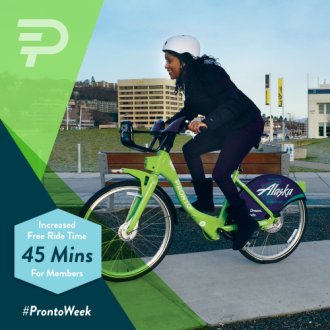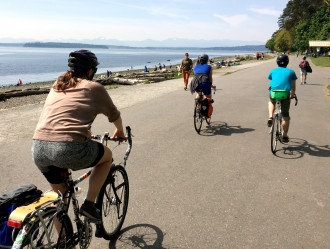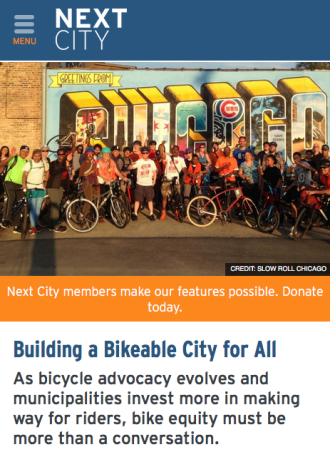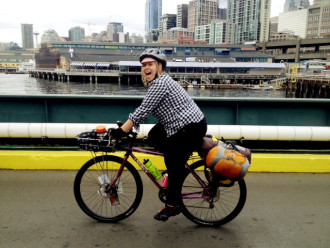
For the cost of three bus rides, you can ride Pronto Cycle Share for a month.
For the first time, Pronto is offering a monthly payment option rather than paying a lump-sum for a whole year. Especially for people on a tight budget, the $7.95 monthly payments are much more accessible.
You can now get unlimited biking for an entire month for less than the cost of Netflix.
And if you buy your membership during Pronto Week May 2 – 8, the cost drops even more: Only $6.25 per month or $63 for a year. (Note that you have to commit to a year in order to get the monthly rate, and this deal is only for new members.)
SDOT Director Scott Kubly once joked that a bike share member who uses the system often might make their money back through reduced wear on their shoes. And if you live, work and play mostly within the limited Pronto service area, that might actually be true.
If you are a Pronto super-user (or want to become one), you can join this Pronto-only Bike Everywhere Challenge team and start logging your trips. (more…)













